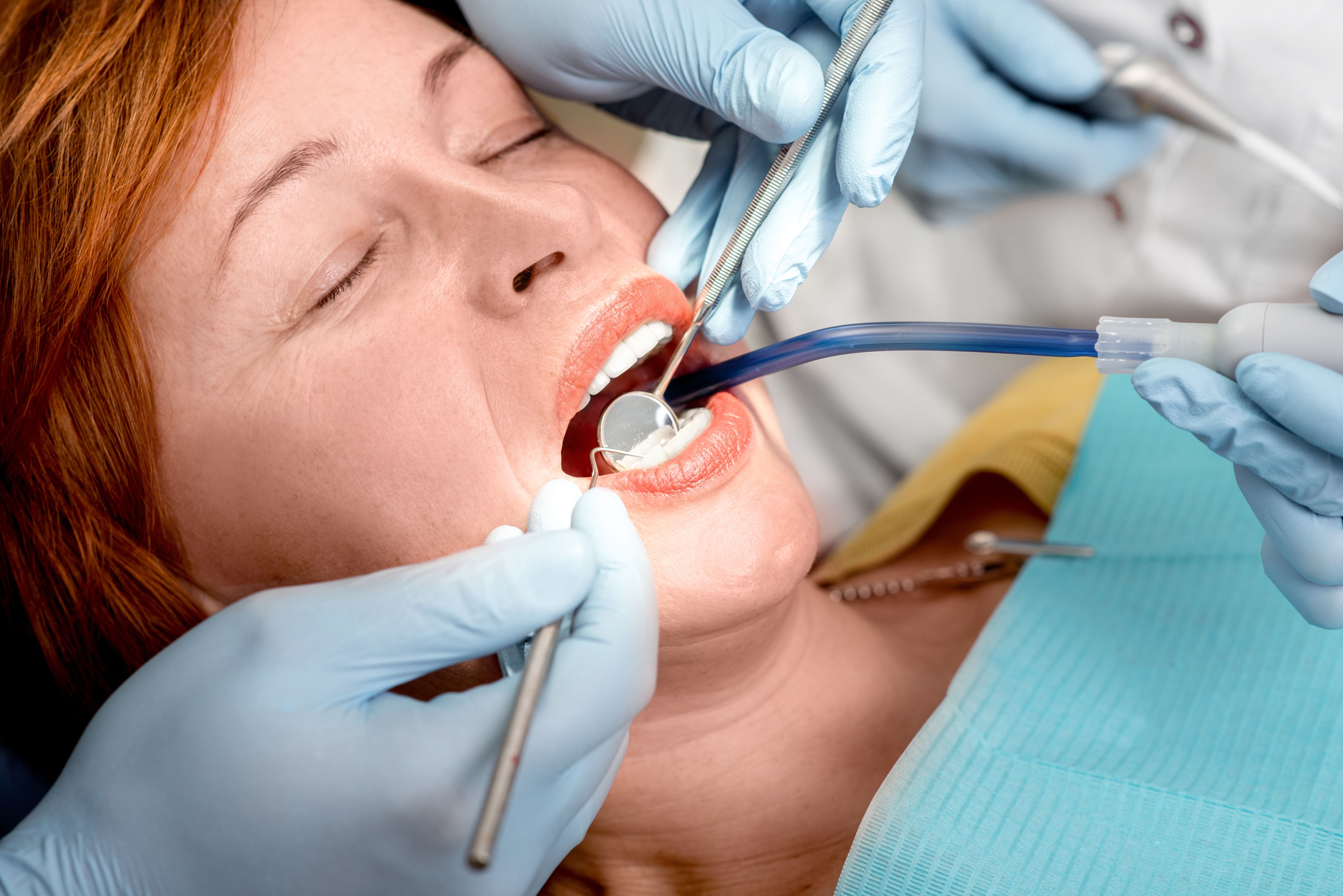How Invisalign Works Compared to Braces
 Crooked and gapped teeth can be embarrassing. Bites that feel “off” can be uncomfortable. Invisalign® aligners are an alternative orthodontic treatment that can help you feel more confident and comfortable in your everyday life.
Crooked and gapped teeth can be embarrassing. Bites that feel “off” can be uncomfortable. Invisalign® aligners are an alternative orthodontic treatment that can help you feel more confident and comfortable in your everyday life.
Invisalign can deliver the results of traditional braces, but with less inconvenience, more freedom, and greater discretion. It’s a highly effective orthodontic treatment that is ideal for improving the smiles of both teenagers and adults. Dr. Byron J. Nordhus creates step-by-step Invisalign smile transformations in Wichita and West Wichita, KS. Let’s explore how Invisalign works.
The Differences Between Braces and Invisalign
Invisalign and braces are both orthodontic treatments designed to improve tooth alignment. Proper dental alignment can improve long-term health (in the oral cavity and throughout the body). It can also improve self-confidence. Both Invisalign and braces gradually move teeth through carefully applied tension, so patients may experience slight tooth sensitivity or discomfort throughout their treatment process. However, long-lasting, extreme pain or discomfort is not normal.
Here are the main differences between traditional braces and Invisalign:
- Material: Braces are made of metal, and Invisalign is made of plastic.
- Removability: Braces can only be removed by an orthodontist, but Invisalign can be removed for eating, dental hygiene, and special occasions.
- Discretion: Braces are prominent, while Invisalign aligners are virtually invisible.
How Invisalign Works
- All dental treatments start with a consultation at our Wichita, KS, office. Dr. Nordhus evaluates the current state of the teeth and goes over potential treatment options.
- Dr. Nordhus takes an impression of the patient’s teeth. From this impression, a computer creates a custom Invisalign treatment plan.
- The patient returns to the dentist’s office when the first set of aligners are complete.
- If needed, seamless Invisalign attachments or buttons are attached to help Invisalign aligners move the teeth.
- Aligners must be worn at least 20-22 hours per day throughout the treatment program. However, they must be taken out to eat, to drink beverages other than cool or cold water, and to brush and floss your teeth.
- The teeth shift as the aligners are worn. Every two weeks, the patient switches to the next aligner in the treatment sequence. Follow the treatment plan closely for best results.
- Patients continue to visit the dental office for routine check-ups and to make sure that aligners fit well.
- At the end of treatment, additional aligners, refinement, or a retainer may be recommended to maintain the final results.
The timeline for Invisalign treatments varies on a case-by-case basis. Some people see improvement in just a few months, while others need Invisalign treatment for at least a year.
Limitations of Invisalign
Invisalign has evolved immensely since its initial launch, but this treatment is not suitable for everyone. There are few instances where Invisalign won’t work, such as severe malocclusion. That said, the technology is constantly being refined and updated.
It’s important to note that Invisalign can only rotate teeth up to 20 degrees. If teeth need to push forward or backward, Invisalign can not surpass 45 degrees. The more complex the case, the less likely a patient will qualify for Invisalign. This is what makes that initial consultation so important.
Set Up a Consultation Today
The best way to know if Invisalign is the proper treatment for you is to schedule an appointment with an experienced dental professional. Send us a message online or call (316) 721-6730 to schedule an Invisalign consultation with Dr. Nordhus in Wichita.


